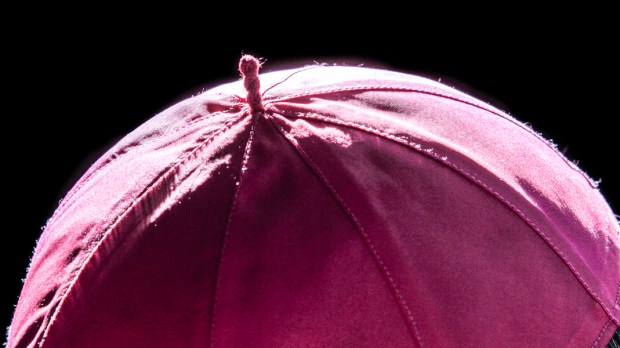Lenten Campaign 2025
This content is free of charge, as are all our articles.
Support us with a donation that is tax-deductible and enable us to continue to reach millions of readers.
If you have ever been to a confirmation or ordination (or any liturgy where the bishop is present) you may have noticed the bishop putting on and taking off different hats throughout the Mass.
It can look strange to many (especially non-Catholics) and sometimes can provide some comic relief in the midst of a very solemn ceremony — rarely does a master of ceremonies go through an entire liturgy without making some sort of mistake with the bishop’s hats.
So why all the fuss over what the bishop wears on his head? What do these hats represent?
The first type of hat the bishop wears is called a zucchetto, commonly known as a skull cap. It is a closely fitted cap that sits atop the head during official functions and liturgical events. Bishops, cardinals and the pope all wear one and each have a distinctive color that indicates their particular rank (violet, red, and white, respectively).
The zucchetto came into use for the initial purpose of covering the tonsure of a clergy member, protecting the bald spot on his head from the elements. By the 15th century the zucchetto became more ceremonial in nature and denoted clergy of a specific rank. The skull cap can be worn during ordinary functions outside the liturgy, but is taken off in the presence of the Blessed Sacrament.
While similar to the Jewish kippah, which is required for Jewish men to wear at all times, it is different in appearance and in function.
The more prominent hat that bishops wear is the miter and denotes the authority of the bishop. While often connected to the liturgical headgear of the Jewish High Priesthood, most historians believe the hat is derived from ancient Greece. Athletes competing in the Olympic games wore ribbons on their head, tied with a band and left to dangle down the back. A cap was worn under the bands for further protection from the heat. The victors were awarded a laurel wreath, which was then placed on top of the cap and ribbons.
The full headgear of the victorious athlete was adopted by the priests of ancient Greece and later by the officials in the Byzantine Empire. These two associations became an inspiration for the miter later on. The miter did not become a regular part of a bishop’s liturgical garb until the 11th century. By the 12th century the miter developed into what we are most familiar with, a large hat with two peaks (one in front; one in back) and two flaps of cloth called lappets tailing from the back. It is now used exclusively during certain liturgical functions of the bishop.
In light of the origin of the miter, the bishop is given the task of leading his flock to Heaven, running with them, encouraging them to win the crown that is reserved for the victorious (cf. 1 Corinthians 9:24).
While the hats of the bishop can appear strange, the historical origins of the headgear reveal a deeper meaning.

